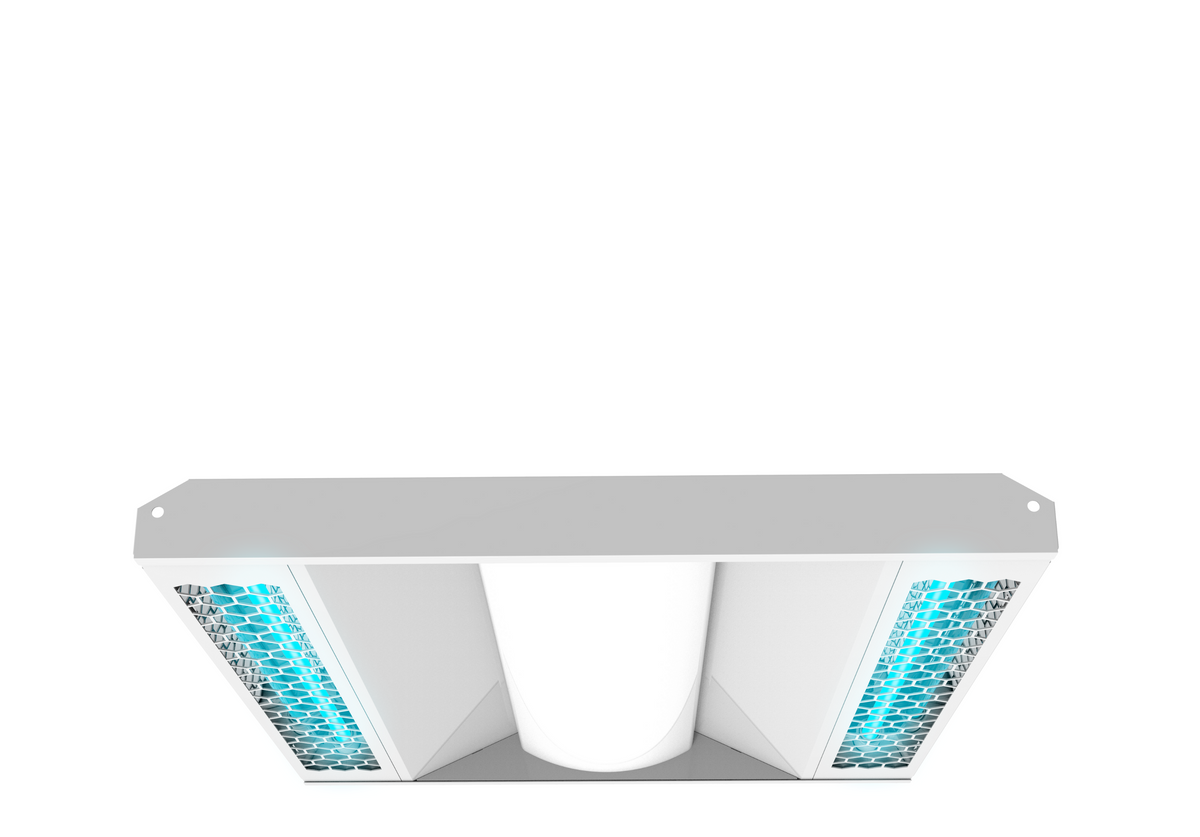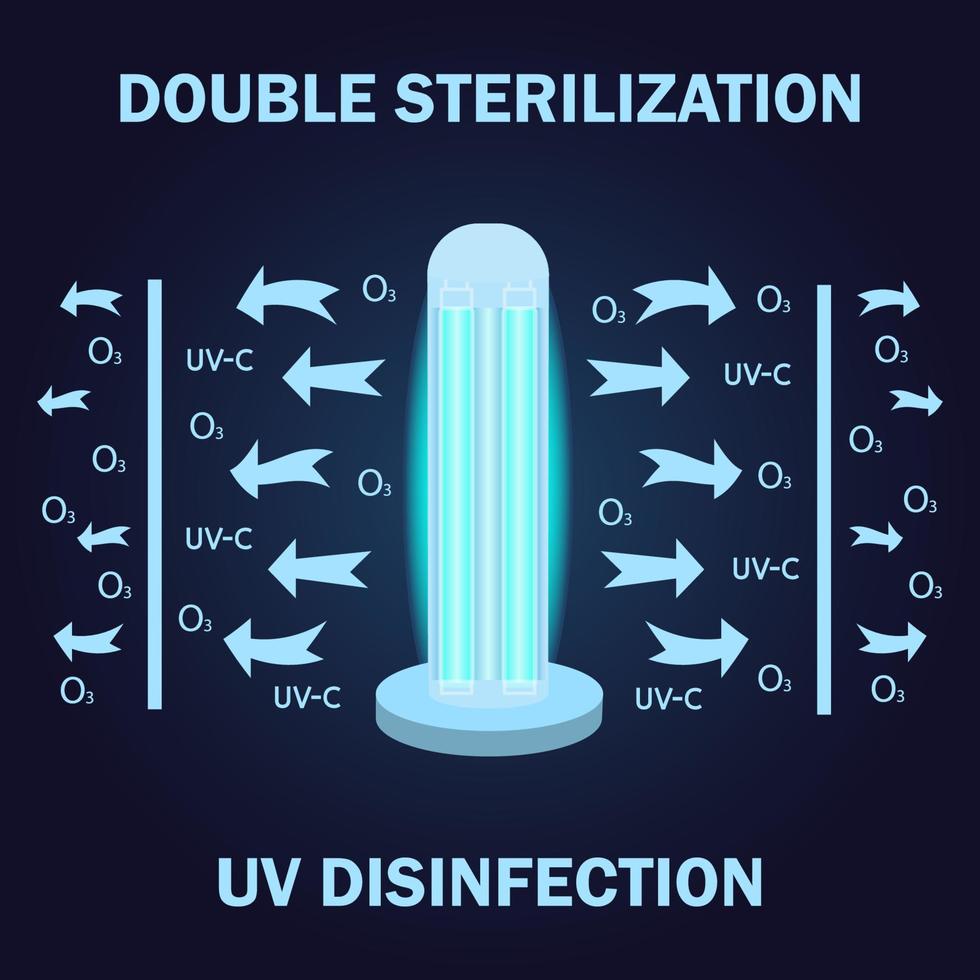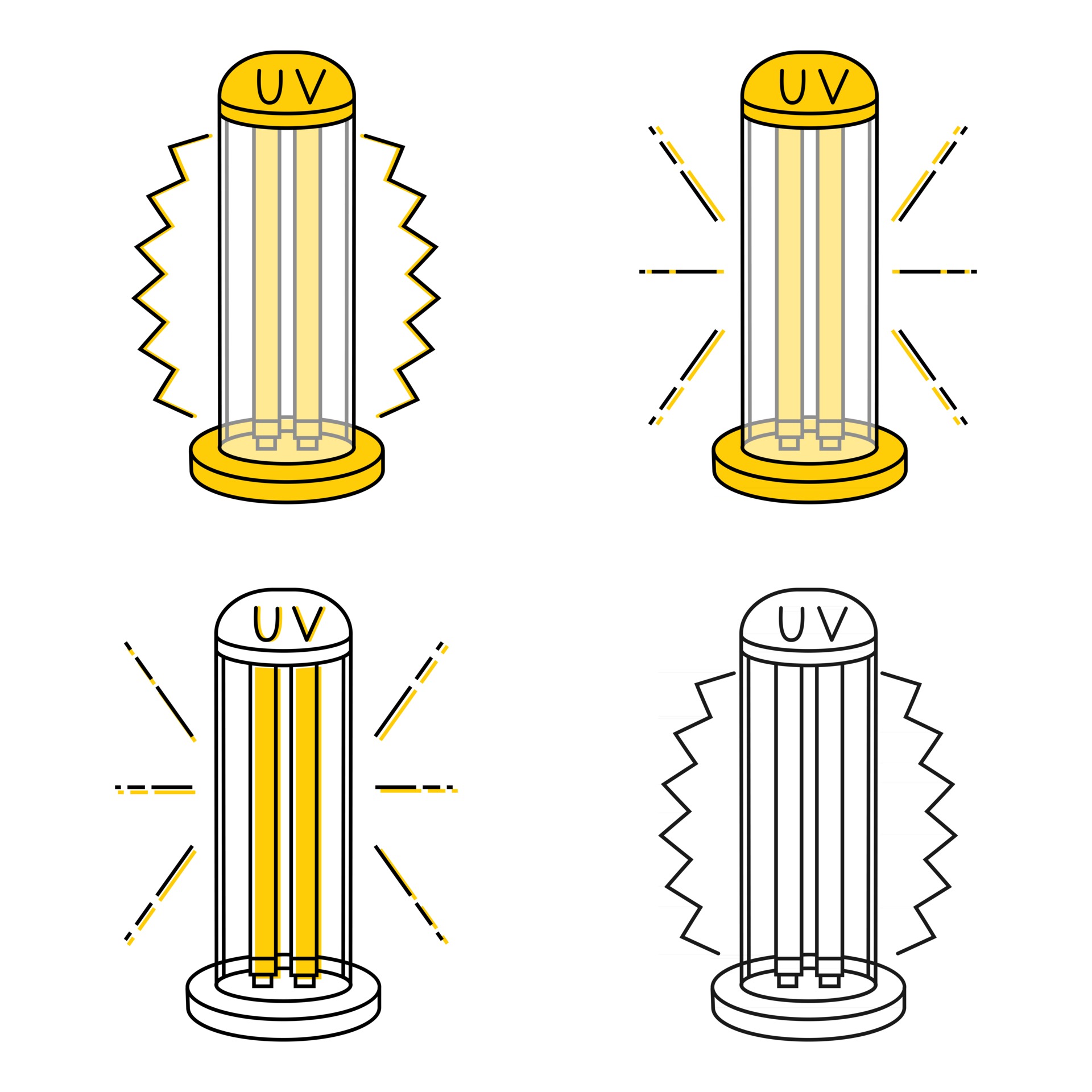Using the Potential of UV Sanitation: Shielding Health And Wellness and Hygiene
As the globe comes to grips with the recurring pandemic and the constant risk of transmittable conditions, the value of preserving health and wellness and health has actually never ever been extra noticeable. In this context, harnessing the capacity of UV sanitation becomes an appealing service. UV sanitation, an innovation widely used in various industries, has actually confirmed efficient in eliminating dangerous pathogens. Nonetheless, there is much more to check out behind the science of UV disinfection and its applications. From understanding the systems at play to applying this innovation in our every day lives, this conversation intends to clarify the capacity of UV sanitation and its duty in protecting our wellness and health.
Recognizing UV Disinfection
UV disinfection is a very efficient and commonly used method for getting rid of unsafe microorganisms and ensuring health and health. This technique uses ultraviolet (UV) light to inactivate microbes by damaging their DNA and stopping them from recreating. UV sanitation is especially effective versus bacteria, viruses, and other bacteria that can trigger diseases and infections.
The concept behind UV sanitation is basic yet powerful. When UV light is discharged at a specific wavelength, it penetrates the bacterium's cell wall and disrupts its genetic product. This process, known as photodissociation, results in the development of thymine dimers, which avoid the microbe from duplicating and making it harmless. UV disinfection can be used in numerous settings, including water therapy plants, medical care centers, food handling sectors, and air filtration systems.
One of the advantages of UV disinfection is its capability to efficiently and efficiently remove a variety of pathogens without the requirement for chemicals or additives. Unlike various other sanitation approaches, such as chlorine or ozone, UV sanitation does not present dangerous by-products or chemical residues into the environment. Furthermore, UV disinfection is a non-contact procedure, which suggests that it does not need physical contact with the microbes, reducing the danger of cross-contamination.

The Science Behind UV Sanitation
The effectiveness of UV disinfection exists in its ability to disrupt the hereditary product of bacteria, rendering them not able to duplicate and consequently removing their harmful possibility. This high-energy UV-C radiation is most efficient in sanitation applications because it can penetrate the cell walls of bacteria and harm their DNA or RNA.
When bacteria are exposed to UV-C radiation, the power is soaked up by their hereditary product, causing bonds to break and forming chemical reactions that disrupt their capability to replicate. This prevents the microbes from duplicating and spreading infection. UV sanitation is particularly effective versus fungis, infections, and germs, including typical virus such as Escherichia coli, Salmonella, and Influenza.
The scientific research behind UV sanitation is supported by comprehensive study and researches. It has actually been shown that exposure to an adequate dosage of UV-C radiation can attain a high level of sanitation, often exceeding 99.9% efficacy in eliminating microbes. Nevertheless, it is necessary to keep in mind that the efficiency of UV disinfection relies on different aspects, including the strength of UV-C radiation, direct exposure time, range from the UV resource, and the sensitivity of the microbe to UV radiation.
Applications of UV Disinfection
Given the considerable research and efficacy of UV sanitation in disrupting the genetic material of bacteria, it is important to discover the numerous functional applications of this technology. UV disinfection has actually shown to be a valuable tool in a variety of sectors where keeping a clean and risk-free setting is important.
One significant application of UV sanitation is in health care setups. UV light can be used to disinfect surfaces, equipment, and even the air in healthcare facilities and clinical facilities. This helps to decrease the risk of healthcare-associated infections and makes certain a much safer setting for people and medical care employees.
One more vital application remains in the food and drink market. UV sanitation is made use of to treat water and remove unsafe microorganisms, such as E. coli and Salmonella, from the manufacturing process. uv surface disinfection. This ensures the safety and security and top quality of the items we eat
UV disinfection is likewise extensively utilized in water treatment plants and wastewater treatment centers. It is a reliable approach for ruining dangerous microorganisms, viruses, and parasites that can be existing in water resources. This aids to offer clean and risk-free drinking water to communities and shield the atmosphere from contamination.
In addition, UV disinfection is utilized in the pharmaceutical industry to sanitize equipment and preserve the integrity of items. It is likewise made use of in labs and study facilities to avoid contamination and ensure exact results.
Advantages of UV Sanitation Modern Technology
One noteworthy advantage of utilizing UV sanitation modern technology is its capability to effectively eradicate bacteria without the use of rough chemicals. This is especially advantageous in various setups, such as healthcare centers, water treatment plants, and food handling sectors, where the presence of damaging virus positions a significant threat to public health and safety and security.
Unlike typical sanitation approaches that depend on chemicals like chlorine or ozone, UV disinfection innovation makes use of ultraviolet light to target and destroy the DNA of microbes, successfully neutralizing their capability to reproduce and cause infections. This process not just eliminates the requirement for potentially unsafe chemicals however also lowers the danger of chemical deposit or results staying in the cured environment.

In addition, UV sanitation modern technology is eco-friendly. As it does not depend on making use click here for info of chemicals, it gets rid of the demand for their disposal, production, and transport, minimizing the general carbon impact connected with sanitation procedures. Additionally, UV sanitation systems have a longer life-span contrasted to chemical-based approaches, causing much less frequent replacement and more minimizing waste.
Applying UV Sanitation in Day-to-day Live
To effectively apply UV sanitation in day-to-day live, companies and people can incorporate portable UV disinfecting tools into their hygiene regimens and cleansing methods. These gadgets are developed to send out ultraviolet light, which has been confirmed to eliminate or inactivate a vast array of microbes, consisting of viruses, germs, and fungis. By making use of portable UV sterilizing tools, individuals can sanitize typically touched items and surface areas, such as mobile phone, laptops, doorknobs, and tricks, lowering the threat of spreading out germs and infections.
Along with integrating mobile UV disinfecting gadgets, it is essential to comply with appropriate imp source guidelines and referrals for reliable UV disinfection. This includes making certain that the gadget is utilized appropriately and for the suggested period to accomplish optimum sanitation results. It is additionally vital to prioritize safety steps, such as wearing safety eyeglasses and preventing direct exposure of the UV light to the skin.

In addition, organizations can apply UV sanitation innovation in different settings to boost hygiene techniques. Medical facilities and healthcare centers can utilize UV sanitation robots to sterilize individual areas, running theaters, and various other high-touch areas. Food processing sectors can incorporate UV sanitation systems right into their production lines to boost food safety and security and prevent contamination.
Final Thought
In conclusion, UV sanitation innovation holds fantastic possible in protecting health and hygiene. With its countless advantages, UV sanitation is an important device for maintaining a healthy and balanced and tidy environment.
Unlike various other disinfection techniques, such as chlorine or ozone, UV sanitation does not introduce harmful spin-offs or chemical residues into the environment. It is important to note that the efficiency of UV sanitation depends on various variables, including the intensity of UV-C radiation, direct exposure time, range from the UV resource, and the vulnerability of the bacterium to UV radiation.
Another advantage of UV disinfection modern technology is its capability to supply quick and constant sanitation. Unlike handbook cleansing techniques, which can be lengthy and need substantial labor, UV sanitation systems can be automated and run constantly, making certain consistent disinfection without human intervention.To successfully implement UV sanitation in day-to-day life, organizations and individuals can incorporate mobile UV sterilizing tools right into their health regimens and cleaning up practices.